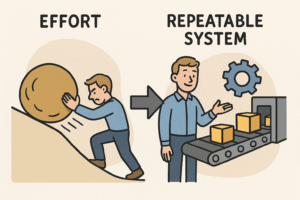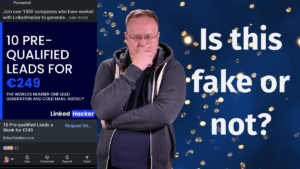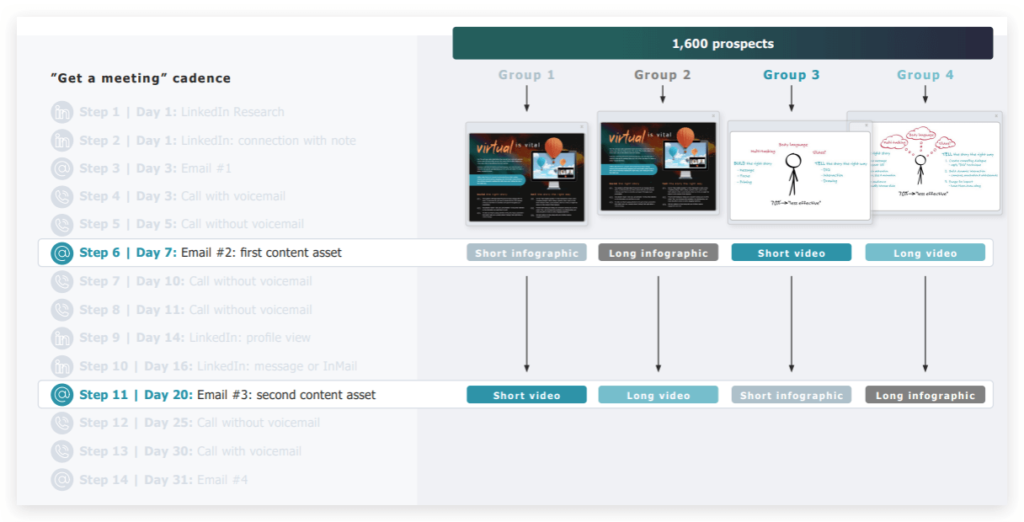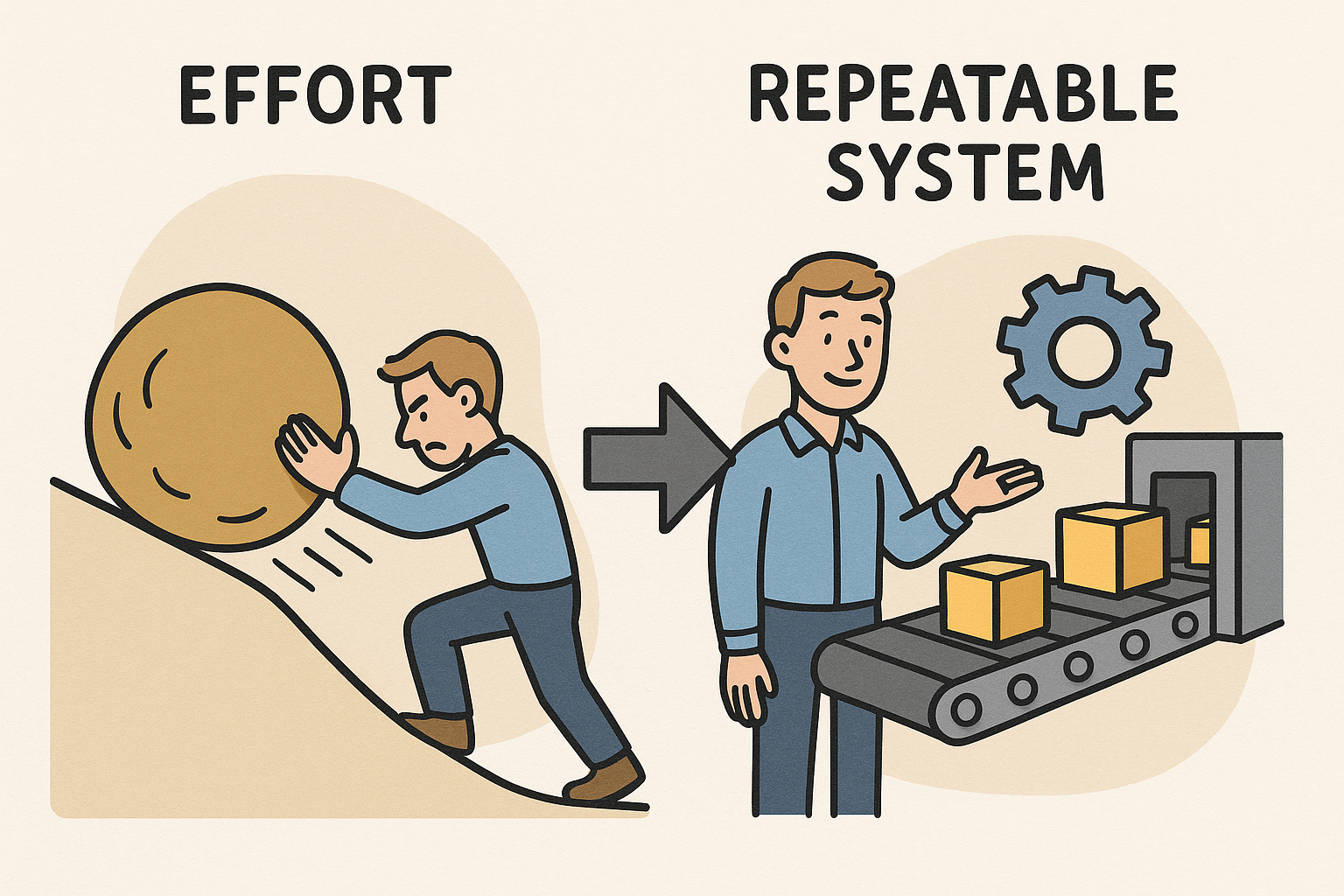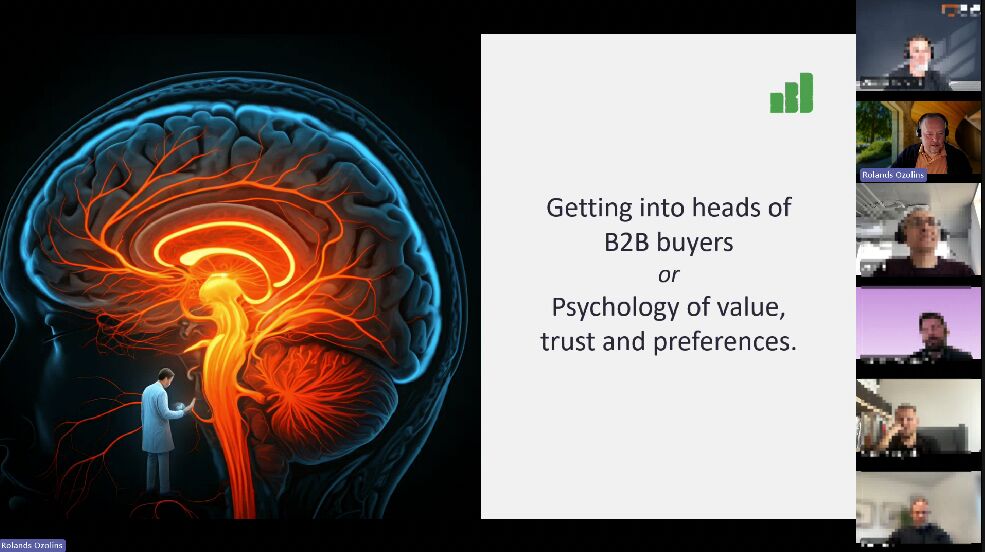Have you seen lead generation proposals with very attractive pricing?
I have as well.
In fact, I have been in contact or researched 4 service providers.
Here’s what I think.
Cold outreach is becoming more popular.
You can see evidence in your mailbox – the number of emails is increasing.
Most of them are low quality, confusing, poorly researched, and annoying.
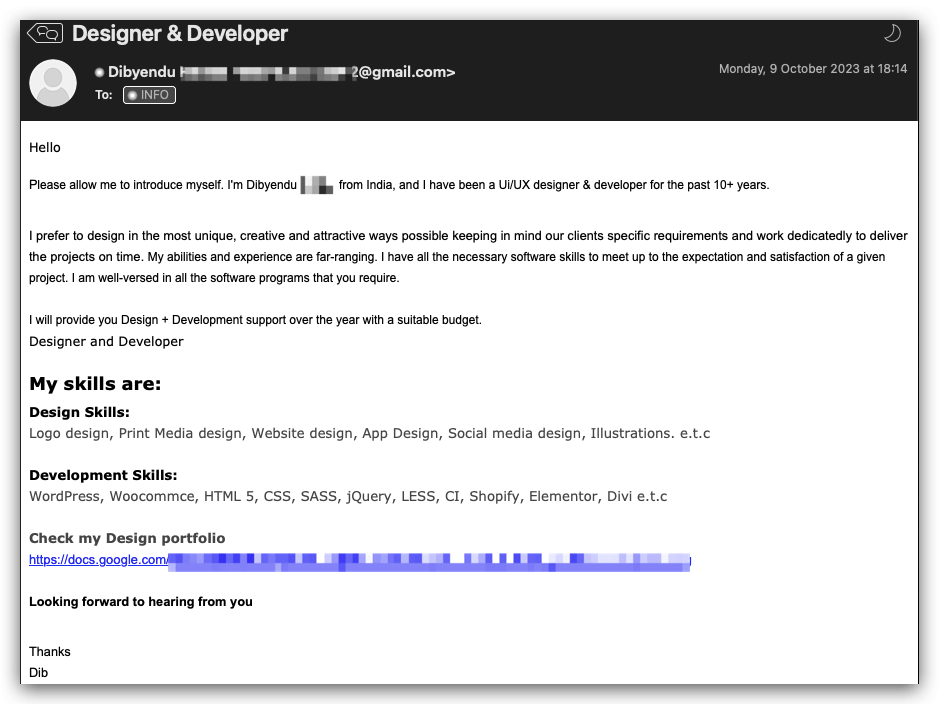
Does it mean cold outreach doesn’t work?
Not necessarily.
If done right, cold outreach may be everything you ever need to grow your business.
I have myself responded to cold outreach a few times to learn more about what cold outreach companies offer and how it works.
Let’s explore what it is, how it works, and if it can work at all.
What is Cold Outreach?
Cold outreach is a lead generation approach where you contact potential customers through different channels like LinkedIn, e-mail, and phone calls without prior interaction.
Typically, you target thousands of contacts, use automation, multiple e-mail accounts and, increasingly, AI to try to personalize the message text.
Does cold outreach work?
Yes, cold outreach can work in some cases, particularly with longer messaging and activity sequences spread out in time.
We have had our own share of success with projects that involved reaching out to a narrow segment of people who are likely interested in demonstration of a product which uniquely fits their needs.
For cold outreach to work, your offering must meet a number of prerequisites.
- You need a really strong match between the offering and the buyer’s needs. It also helps if a product is easy to explain and demonstrate.
- It must be either a unique offering with no competition or a completely standard (and therefore familiar one) with some very strong standouts.
- Your offer must be super low risk. You do not sell with the cold outreach. Instead, you try to get the buyer to take the first step, like joining a demo or ordering free samples.
Moreover, you have to be super specific about your Ideal Customer Profile and Buyers Personas.
I cannot imagine that it can work well for complex products, those involving risks, requiring education, or depending heavily on the vendor’s good reputation.
If you are looking for ways to sell IT services, cold outreach is not for you. Read the blog How to Sell Software Development Services in 2025 instead.
Moreover, for those who have a good reputation and guard it closely, the legal risks of cold outreach may not be something they are comfortable taking.
Are cold e-mail lead generation claims real?
Well, on average they can be.
I’ve heard of successful projects, although one doesn’t hear much about unsuccessful ones.
I talked with two companies which approached me via cold outreach but I wasn’t convinced these companies can do better than we can do ourselves.
Moreover, if you read the fine print, like in Linked Hacker’s terms of service, the data is based on average values from past projects. They state: “We, therefore, cannot guarantee a minimum number of leads. Any numbers shown on our website are an average across our 2,000+ clients.”
This confirms what the other company I talked with said.
Yes, the average numbers probably hold, but they cannot guarantee results.
As usual, the devil is in the details.
You should pay attention to the very definition of what a lead is.
According to Linked Hacker, “We define a lead as someone in your target market who has responded to your email or contacted you after clicking through to your website and has the potential to go on be a customer. Typical replies might include people who have shown an interest, have questions about your service, refer you to a more relevant colleague, or people who ask you to follow up with them at a later date.”
Assuming out-of-office replies are not counted as a lead, I believe only 10-30% of “leads” might indeed become sales-qualified leads.
Mathematically, it means that a lead would likely cost from 249 to 747 Euros.
And here we are – at this cost per lead, cold outreach doesn’t look any better than other ways of lead generation.
Moreover, lead generation companies require a minimum commitment, which typically is a few thousand euros.
I say – there are better ways to spend few thousand Euros on marketing.
Is Cold Outreach Legal?
For some businesses, this is a critically important question.
Some others would happily trade growth for (what they perceive) insignificant violation.
You see when doing cold outreach, you are likely using personal data, such as emails and phone numbers of decision-makers.
You are the ultimate beneficiary of the cold outreach campaign; therefore, by extension, you are responsible for handling personal data, even if you have contracted somebody else to do the outreach and you actually have never touched the initial database.
Do you have documented consent from those people to be contacted?
Probably not.
The good news is that according to GDPR, companies can use personal data in case of legitimate interest. Direct marketing can be considered a legitimate interest.
But is it?
It is more complicated than that.
Laws vary across EU countries, and even qualified lawyers and data protection officers have different opinions on whether cold outreach methods are legal or not.
So, there are certainly legal risks involved, which are hard to estimate as they vary across countries.
Some data vendors can provide contacts with documented consent to be contacted by third parties.
However, such data are not inexpensive. Using such legally acquired data would increase the cost of a lead generated at least tenfold, thus rendering the whole campaign financially impractical.
Is there a better and legal way?
Actually, there is a way to get contact details of people interested in your offerings and get the consent to be contacted simultaneously.
If you produce high-quality content, such as a guide, a whitepaper or an ebook, people who are interested in this content would be willing to register, leave their contact details and agree to be contacted.
Reaching out to those contacts is much easier for a number of reasons.
First, if your content is high quality and appreciated by the contact, she will be more open to talking with your sales rep. So the call our e-mail is not “cold” anymore.
Second, because contacts have self-identified as interested in respective content, you can be certain that they have genuine interest. As a result, you do not need to reach out to random people in your target audience, but instead, you can focus on those who showed interest.
This approach was proven to work well in a number of campaigns with reasonably low costs per lead.
Conclusion about cold outreach
No doubt, cold outreach can work for some offerings.
We’ve worked with such offerings that have a clear value, are easy to understand and demo, and are relevant to people we reach out to.
Even then, you aim to get a demo and not close a sale.
However, for most tech products cold outreach is not the right way to generate demand.
Additionally, there are legal risks, and with competition increasing (probably evident by your mailbox), and the volume of fraudulent outreach and phishing rising, companies are under pressure to up their spam protection.

